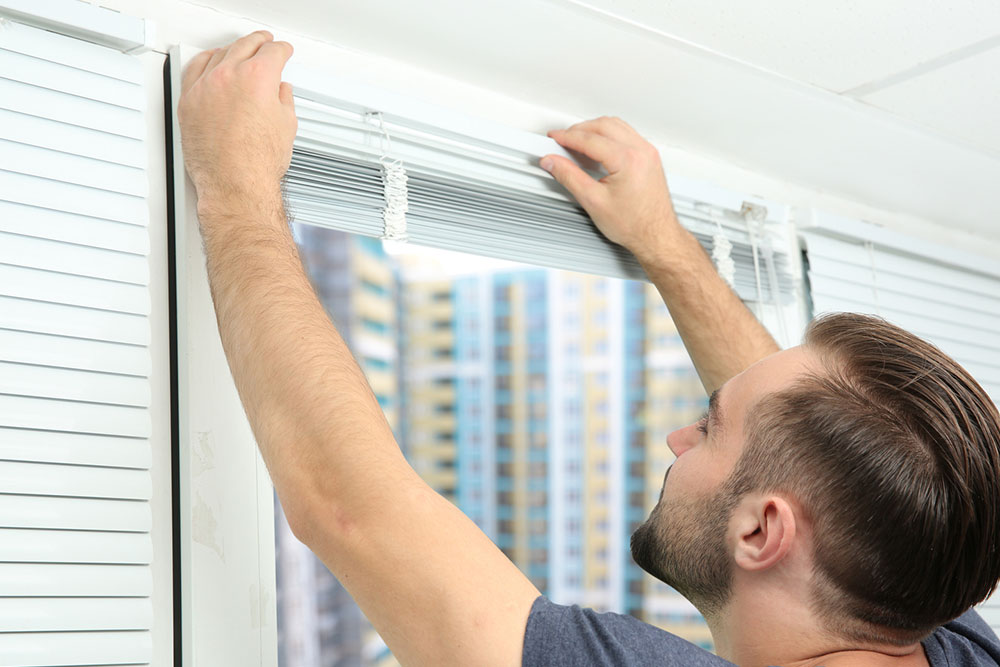
6 mistakes to avoid while cleaning window blinds
All kinds of fixtures, furniture, and furnishings in homes require frequent maintenance to stay clean and work as intended. One of the things that can get dirty pretty quickly is window blinds, as dust and pollen can settle on blinds. While this problem can be addressed with regular cleanup, certain errors could increase the effort and upkeep required to clean the blinds. So here are a few mistakes to avoid while cleaning window blinds:
1. Using harsh cleaning products
One may try to tackle stubborn stains and dirt on the window blinds with harsh industrial-power cleaners. However, such strong cleaners may not be meant for at-home cleanup. So, using them to clean window blinds may cause discoloration or staining, whether one is cleaning fabric, aluminum, vinyl, or wood blinds.
2. Overlooking manufacturer’s instructions
Manufacturers of blinds typically provide a manual that may contain maintenance instructions or cleaning guides for blinds to remove dust, dirt, and mild stains. The instructions may also mention the type of cleaning products that can be safely used on the blinds, depending on their material. One should always read these instructions before trying to clean blinds. This can help one avoid using unsuitable materials and techniques.
3. Delaying cleanup
While spring cleaning is a good idea, waiting for a year to clean blinds until the temperatures rise might not be the best idea. Blinds collect a lot of dust, so regularly dusting them is necessary to maintain good indoor air quality. One could use a brush or a vacuum to keep blinds dust-free. One can also wipe the dust off using a cleaning solution and a paper towel or napkin to prevent the dust from spreading to other parts of the room.
4. Using too much water
Using an extremely diluted cleaning solution or an excessive amount of water to clean blinds may result in water stains and discoloration. It could even cause warping on wood blinds due to the wood soaking up moisture. One can use a damp rag, cloth, or sponge to apply a mild cleaning solution and wipe the blinds. However, it is important to properly wring out the cloth or sponge before using them to clean blinds. One should also keep a clean paper towel or dry cloth at hand to wipe off excess moisture.
5. Neglecting spills and stains
If something spills onto the blinds, especially fabric, one should act quickly to prevent stains from settling in the fabric. Ignoring spills could result in a stubborn stain on blinds, requiring professional cleaning services. As soon as something spills onto the blinds, one should use a mildly damp cloth to speak up as much of the liquid as possible. Then, one can apply a dedicated cleaning solution to tackle the stain.
6. Not seeking professional assistance
While one can easily clean window blinds by themselves, they may require expert intervention once in a while. For instance, heavily stained window blinds might not respond to mild home cleaning products. Here, one might need to contact a professional cleaning company to provide appropriate cleanup services.


